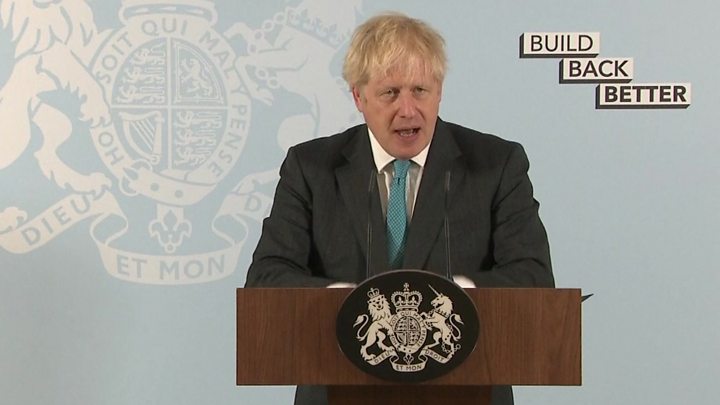For teachers, professional development workshops can be exhilarating and inspiring. But sometimes, ideas sparked in an off-site seminar can be difficult — or impossible — to implement back in the classroom. Often, what’s lacking is individual context, time dedicated to putting new ideas into place, even on-the-ground resources.
The learning community at Sacred Heart Schools, a preschool and K-8 independent school in Chicago for students of all faiths, has found a unique way to address talent development to create better experiences and outcomes for students and enhanced job satisfaction for teachers in the classroom.
For more than six years, teachers at Sacred Heart Schools have found hands-on support through instructional coaches who are dedicated to helping them achieve their instructional goals.
“Instructional coaching is teacher-driven, targeted professional development. We work with teachers to identify what gaps they’d like to close. It might be a particular skill or classroom management technique or resilience. It’s very much a partnership approach,” explains Natalie Holz, who, together with Blair Hanson, provides instructional coaching to the 80 faculty members at Sacred Heart Schools.
Each brings to the role significant educational leadership experiences and is passionate about helping Sacred Heart teachers meet their goals.
How instructional coaching works
At the beginning of each school year, the instructional coaching team meets with every new teacher and reconnects with returning faculty. Once teachers elect to engage in coaching, the coaches learn about their motivations, values and inspirations and distill what goals might have the biggest impact on students.
Some teachers have a big vision for what they’d like to achieve and just need resources to make the vision come to life. Others want to improve one aspect of their teaching and want to work with a coach to find ways to achieve that goal.
“We follow the SMART goal-setting format to make sure the goals are achievable and measurable,” Hanson says. Through observation or hard data – for example, higher student test scores or demonstrated subject matter mastery – the instructional coaches can determine if a teacher achieved the goals they set for themselves.
Data gathering is important, but there’s a feedback component as well. “We continuously seek teacher feedback and ask questions to determine if they are feeling supported, if the action steps are manageable to them and if they are satisfied with the pace. Do they feel they are better equipped to meet their students’ needs? Have they experienced a changed mindset or belief? It’s logistical, but there is an emotional component as well,” says Holz.
Perhaps a teacher sets a goal to increase equitable student contributions during classroom discussions. The teacher works with the instructional coach to define how success will impact students in a measurable way. They’ll also collaborate to develop techniques designed to engage more reluctant students while still making time for the students who contribute more routinely.
“If one student doesn’t participate in the classroom conversation but everyone else does, we figure out how we can help that student feel more comfortable participating,” explains Hanson.
With a foundation of improving student outcomes, the teacher-coach team will measure and assess, continually tweaking until they feel the goal hits the mark.
Supported teachers boost student success
When teachers feel supported in their goals to provide more effective educational experiences, they are better able to meet students’ needs, and everyone is moving in the right direction, says Holz, adding that relationships are at the heart of the work she does as an instructional coach.
“For me, it’s relational,” she says. “We build relationships with people to create a condition where people will take risks to grow and change. At Sacred Heart, relationships between teachers and students and among faculty are what make the experience here so satisfying for everyone involved.”
Great things happen when a growth mindset is combined with a pursuit of excellence in a collaborative, supportive environment, says Hanson.
“The possibilities of what we can accomplish are so much greater when you have a partner who will encourage and challenge you.”



More Stories
MBA students teach incarcerated women career skills in new partnership
Electrical skills development boost for Antrim and Newtownabbey firms
Latest Diablo 4 Quarterly Update Shows Off Impressive New Skill Trees